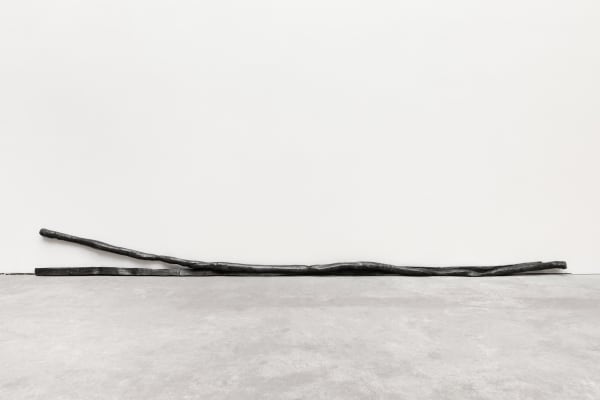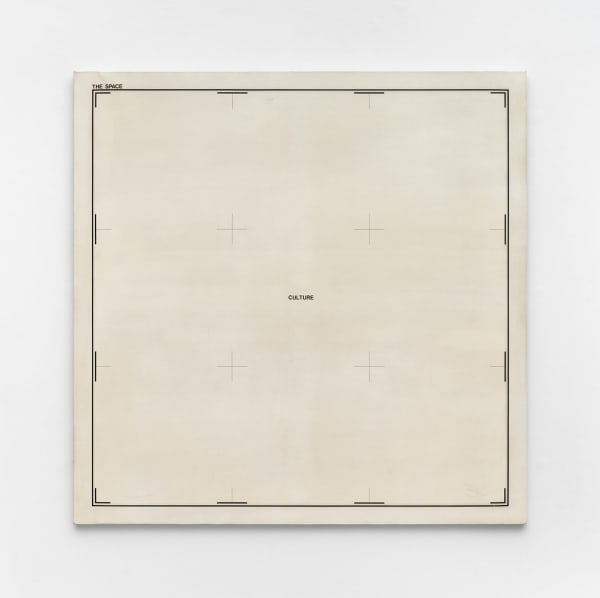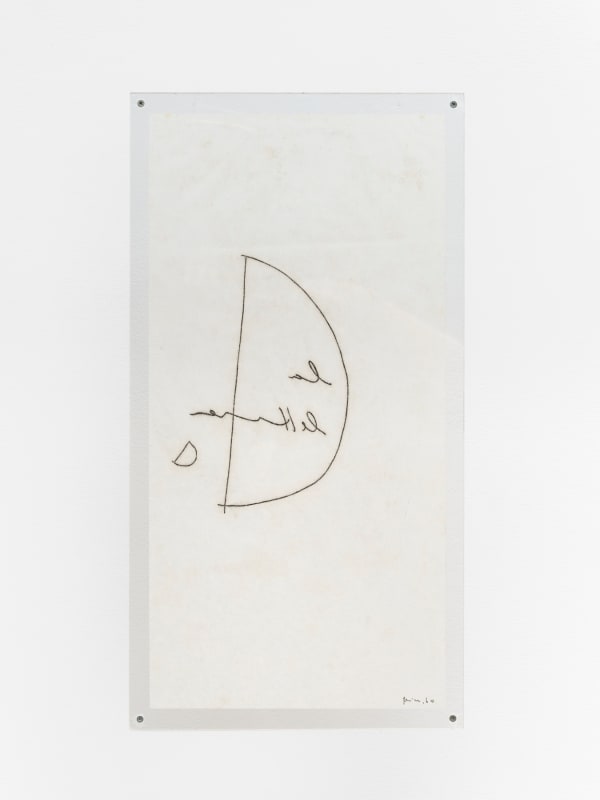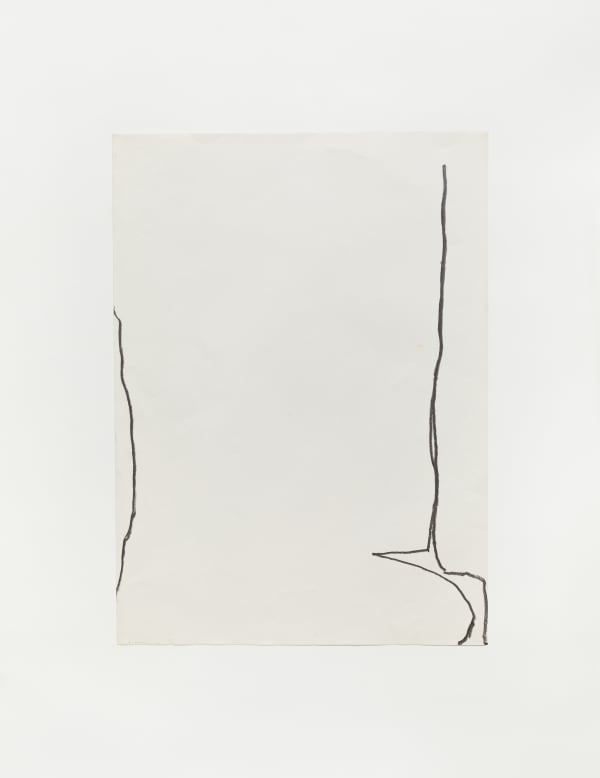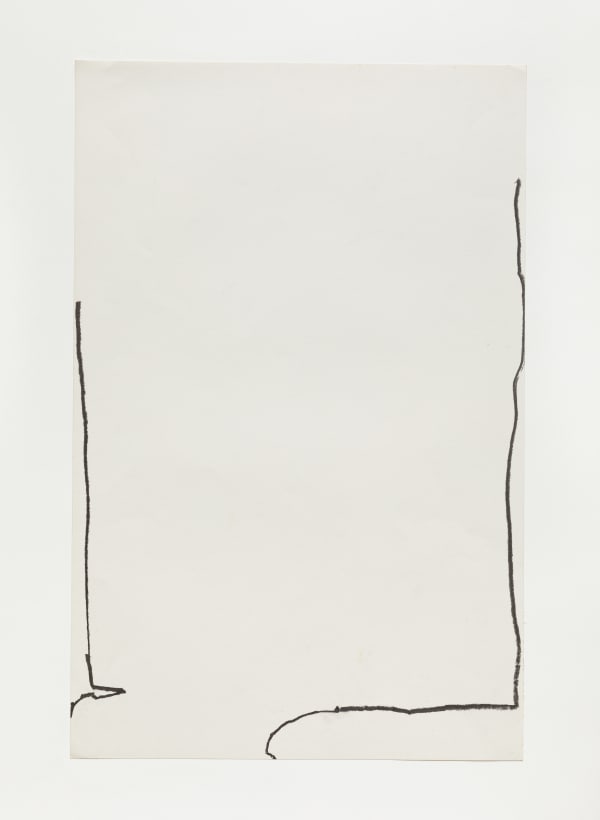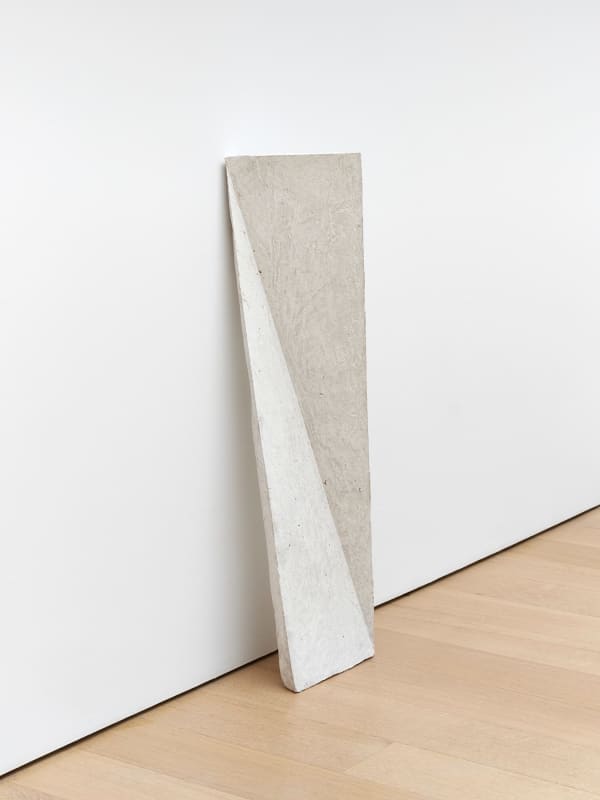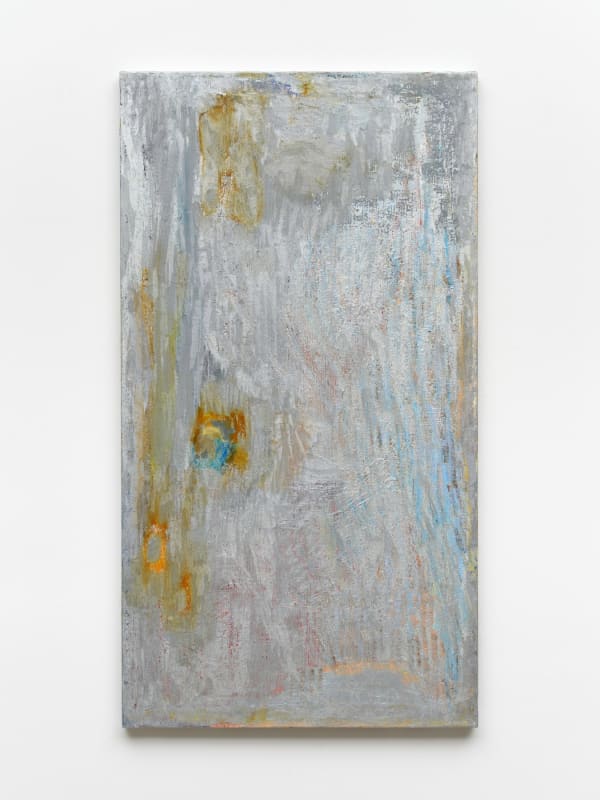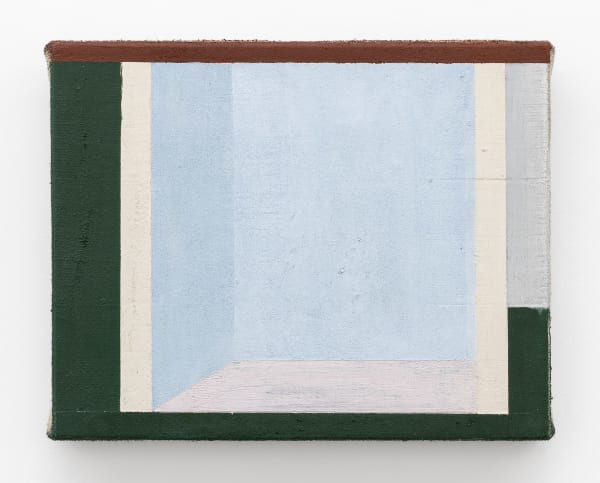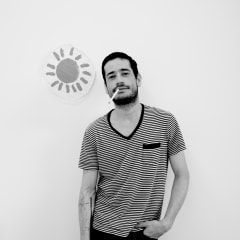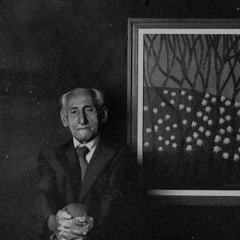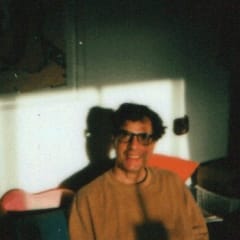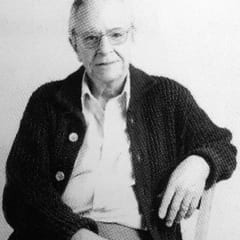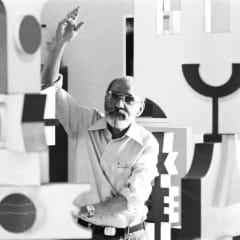Reverie
Mendes Wood DM New York
21 Jun - 20 Jul 2024
The exhibition also examines the socio-political dimensions of abstraction through the works of Antonio Dias, Rubem Valentim, and Abdias do Nascimento. Dias’s conceptual compositions often incorporate political symbols and textual elements, challenging viewers to confront power and identity, as seen in The space: culture (1970). Rubem Valentim’s Emblema 84 (1984) infuses geometric abstractions with symbols from Afro-Brazilian culture and celebrated the vibrancy and resilience of his cultural heritage, enriching the narrative of abstraction through this lexicon of symbols and demonstrating its enduring relevance in Brazilian and global contexts. Nascimento’s advocacy for Afro-Brazilian cultural heritage through ideograms underscored abstraction’s capacity for social critique and cultural affirmation, exemplified in Ideograma Adinkra (1992).
In contemporary discourse, Paulo Monteiro’s relationship with abstraction is characterized by a dedication to distilling complex ideas into minimalist compositions that evoke harmony and balance through painting and sculpture. His works often feature geometric shapes meticulously arranged to create dynamic visual rhythms and spatial depth. Monteiro’s work explores themes of order and chaos, symmetry and asymmetry, evoking movement through stasis, exemplified in his iron (Untitled, 2016) and lead (Untitled, 2020) sculptures, which bring the line into three-dimensional space.
In a broader sense of abstraction, the exhibition features Jac Leirner’s Os Cem/ The Hundred (1988), which transforms Brazilian reais into conceptual art, highlighting themes of consumption and globalization through the meticulously arranged bills. Mira Schendel’s delicate monotype Untitled (from the Monotype series) (1964) was developed through a series of experiments with rice paper, expressing interests occupying a significant space in her artistic research: emptiness, the experience of time, being in the world, and the mysteries of transparency, all indicating her interpretation of essential semiotic concepts.
Through their diverse practices and distinct conceptual frameworks, these artists prompt reflection on the possibilities of abstraction – whether through minimalist sculpture, gestural painting, or conceptual installation. Reverie resonates deeply with the transformative power of abstract art, transcending boundaries of time, culture, and perception, celebrating the boundless potential of artistic expression.Sergio Camargo (b. 1930 Rio de Janeiro, Brazil; d. 1990, Rio de Janeiro)
-
 Jac Leirner, Os Cem / The Hundred, 1988
Jac Leirner, Os Cem / The Hundred, 1988 -
 Adriano Costa, Um Par de Meias| A Pair of Socks, 2015
Adriano Costa, Um Par de Meias| A Pair of Socks, 2015 -
 Paulo Monteiro, Untitled, 2006
Paulo Monteiro, Untitled, 2006 -
 Paulo Monteiro, Untitled, 2016
Paulo Monteiro, Untitled, 2016 -
 Sergio Camargo, Chant du couple en 16 temps| Couple's song in 16 beats, 1966
Sergio Camargo, Chant du couple en 16 temps| Couple's song in 16 beats, 1966 -
 Lygia Clark, Fantastic Carriage Critter | Bicho Carruagem Fantástica, 1960
Lygia Clark, Fantastic Carriage Critter | Bicho Carruagem Fantástica, 1960 -
 Hélio Oiticica, Metaesquema (MET234), 1958
Hélio Oiticica, Metaesquema (MET234), 1958 -
 Antonio Dias, The space: culture, 1970
Antonio Dias, The space: culture, 1970 -
 Mira Schendel, Untitled (from the Monotype series), 1964
Mira Schendel, Untitled (from the Monotype series), 1964 -
 Amílcar De Castro, Sem título (da série Corte e Dobra) / Untitled (from Cut and Fold series), 1960
Amílcar De Castro, Sem título (da série Corte e Dobra) / Untitled (from Cut and Fold series), 1960 -
 Rubem Valentim, Emblema 84, 1984
Rubem Valentim, Emblema 84, 1984 -
 Celso Renato, Untitled, 1992
Celso Renato, Untitled, 1992 -
 Gego (Gertrud Goldschmidt), Drawing without paper 11, 1976
Gego (Gertrud Goldschmidt), Drawing without paper 11, 1976 -
 Abdias do Nascimento, Ideograma Adinkra, 1992
Abdias do Nascimento, Ideograma Adinkra, 1992 -
 Guillermo Kuitca, Untitled (from the Poema Pedagogico series), 1996
Guillermo Kuitca, Untitled (from the Poema Pedagogico series), 1996 -
 Lygia Pape, Drawing, 1959
Lygia Pape, Drawing, 1959 -
 Paulo Monteiro, Untitled, 2018
Paulo Monteiro, Untitled, 2018 -
 Mira Schendel, Untitle (from the Monotypes series) - Sem título (da série Monotípias), 1964
Mira Schendel, Untitle (from the Monotypes series) - Sem título (da série Monotípias), 1964 -
 Paulo Monteiro, Untitled | Sem título, 1995
Paulo Monteiro, Untitled | Sem título, 1995 -
 Paulo Monteiro, Untitled | Sem título, 1992
Paulo Monteiro, Untitled | Sem título, 1992 -
 Paulo Monteiro, Untitled | Sem título, 1995
Paulo Monteiro, Untitled | Sem título, 1995 -
 Paulo Monteiro, Untitled | Sem título, 1995
Paulo Monteiro, Untitled | Sem título, 1995 -
 Amadeo Luciano Lorenzato, Untitled (from the Nocturnes series), n.d.
Amadeo Luciano Lorenzato, Untitled (from the Nocturnes series), n.d. -
 Tomie Ohtake, Untitled | Sem título, 1967
Tomie Ohtake, Untitled | Sem título, 1967 -
 Michael Dean, B (working title), 2012
Michael Dean, B (working title), 2012 -
 Varda Caivano, Untitled, 2024
Varda Caivano, Untitled, 2024 -
 Fabio Miguez, Untitled , 2022
Fabio Miguez, Untitled , 2022 -
 Fabio Miguez, Untitled , 2022
Fabio Miguez, Untitled , 2022 -
 Fabio Miguez, Untitled , 2022
Fabio Miguez, Untitled , 2022



